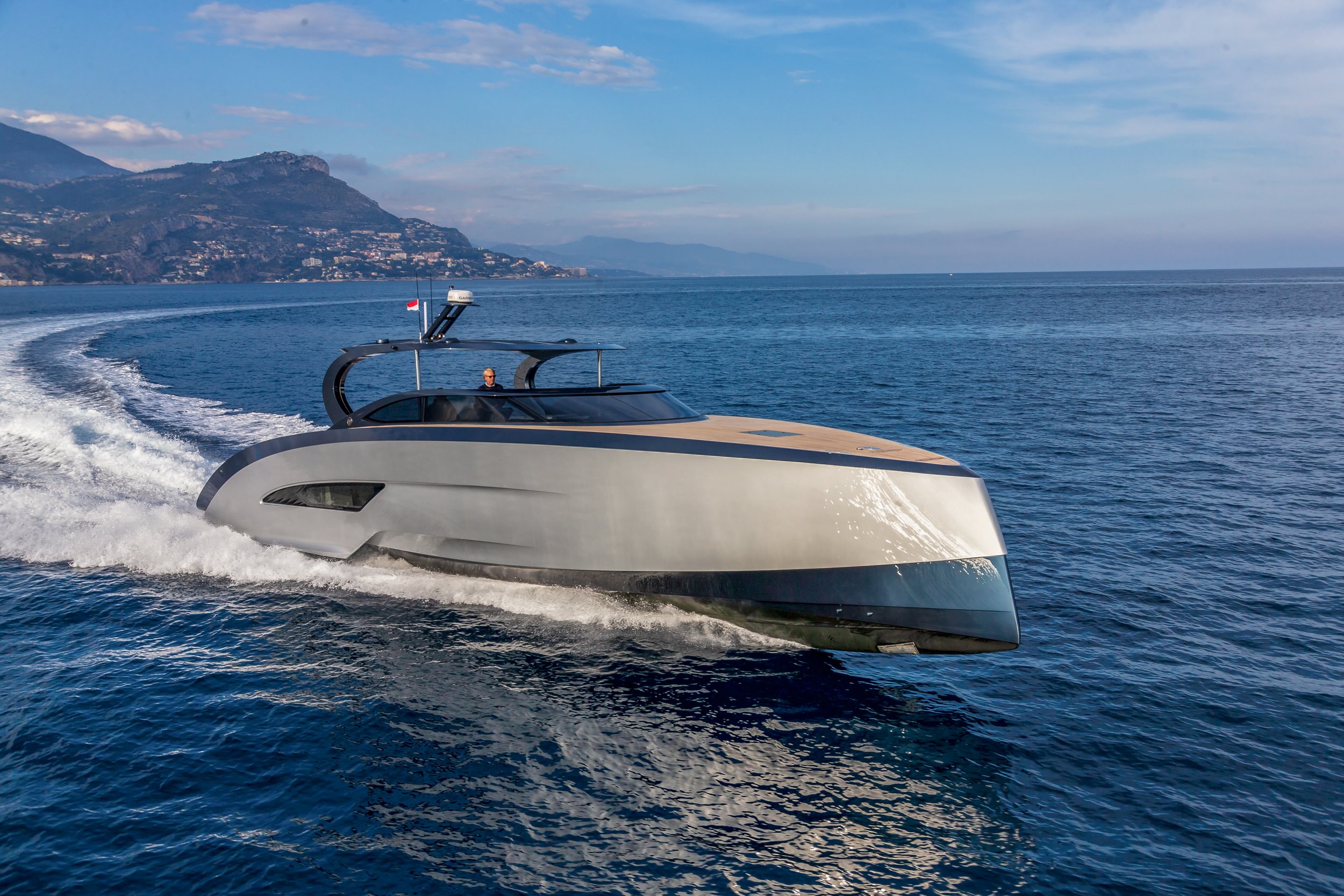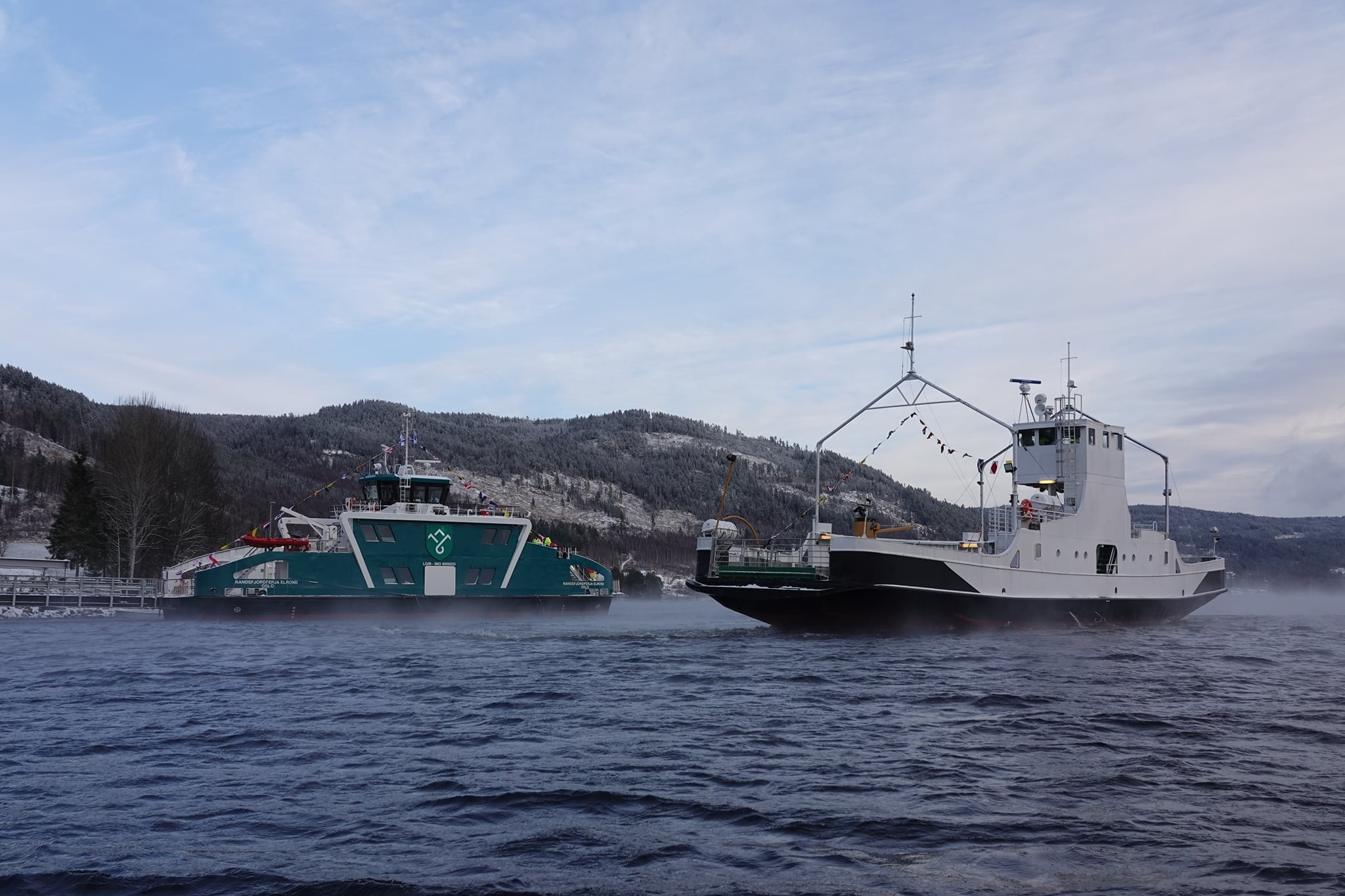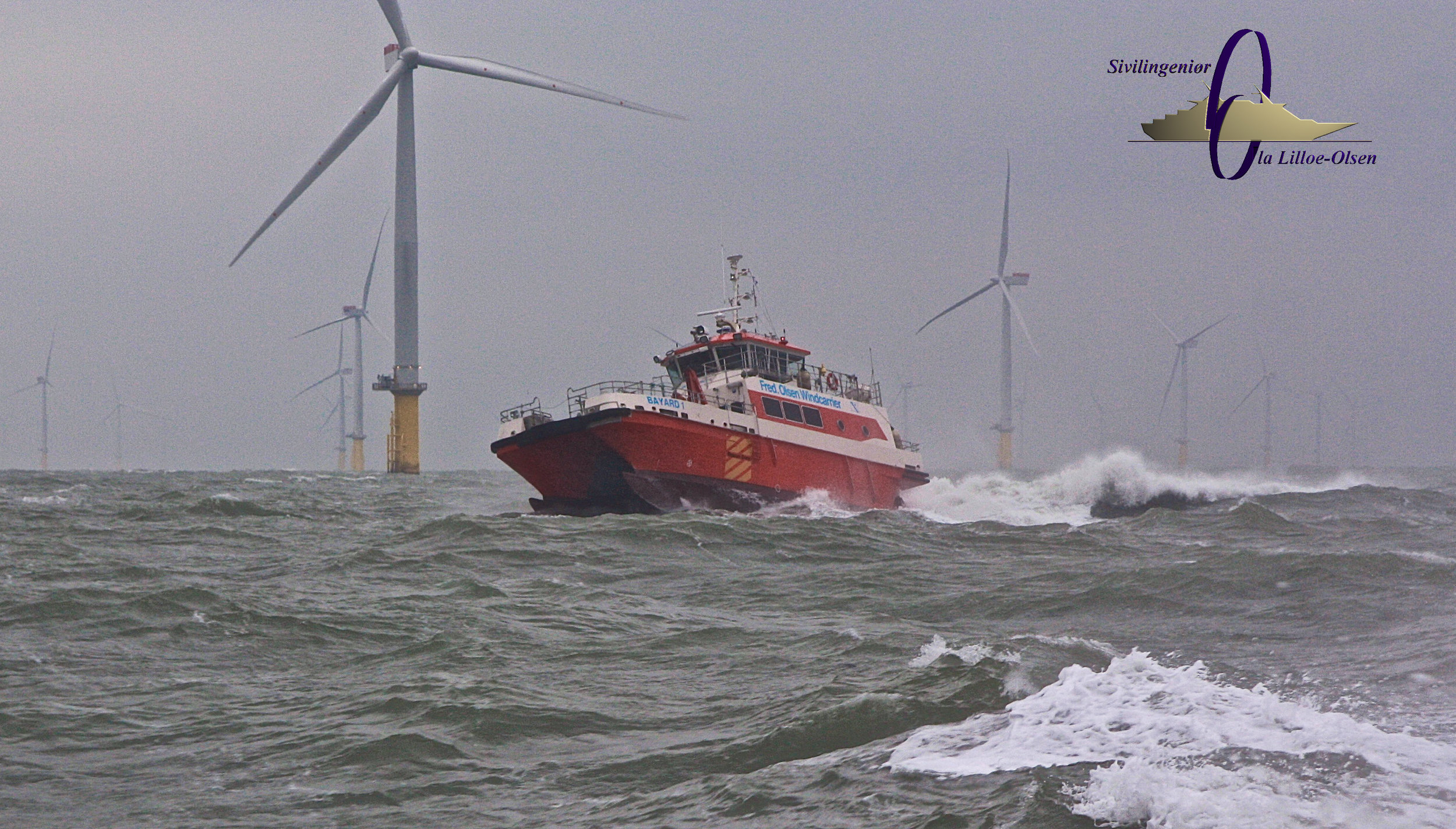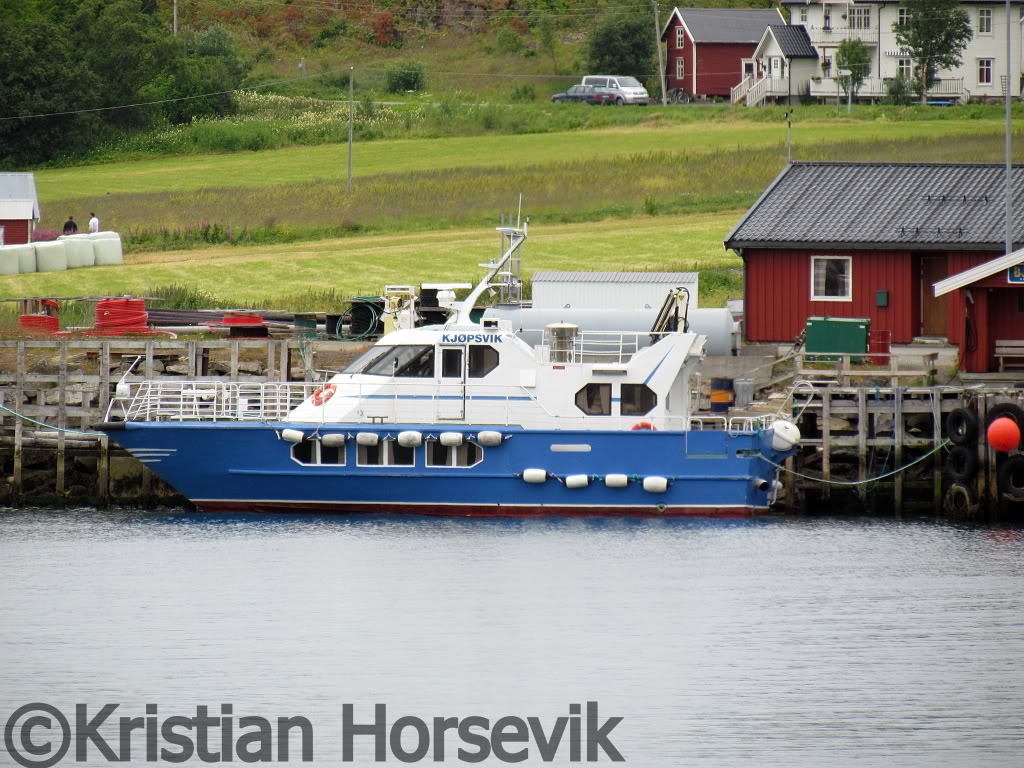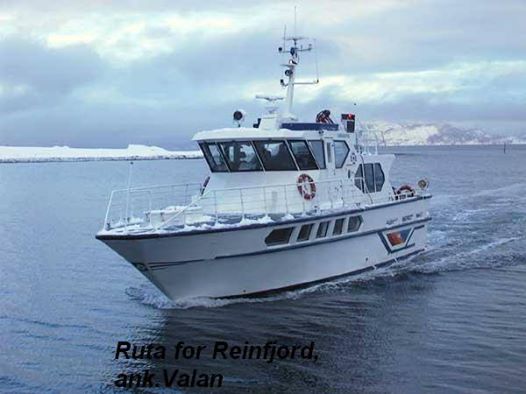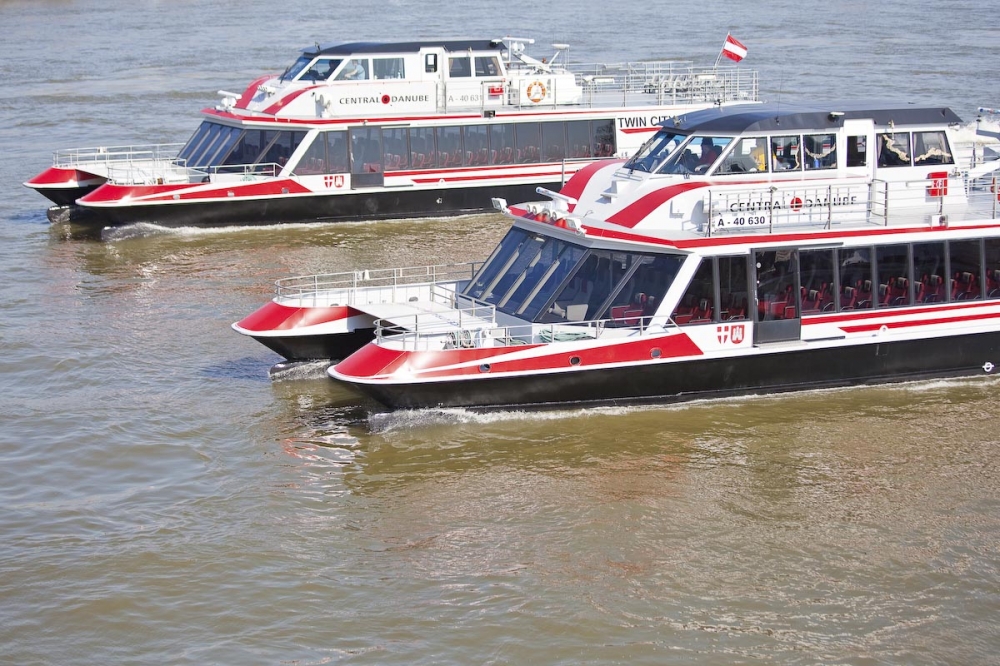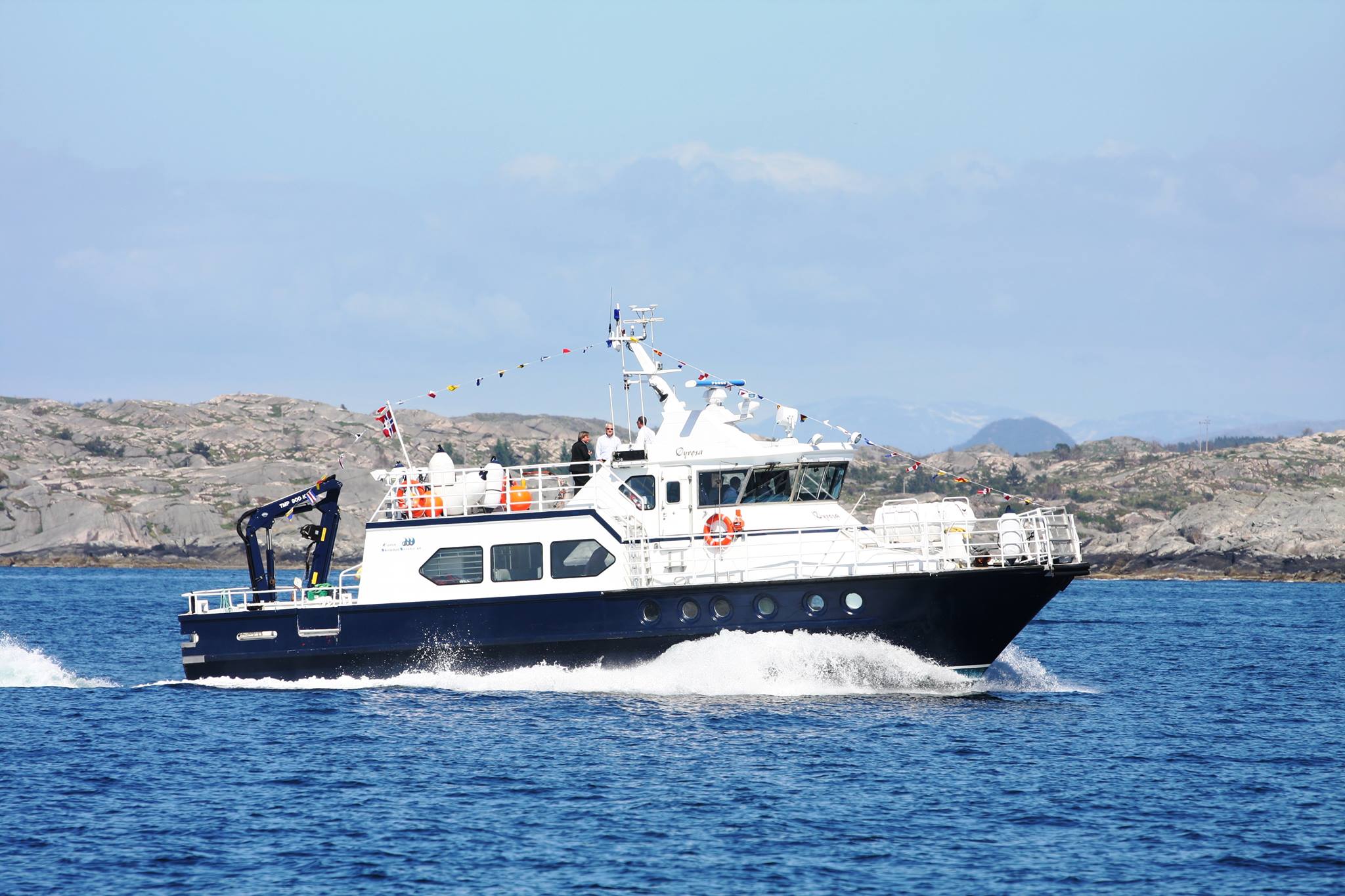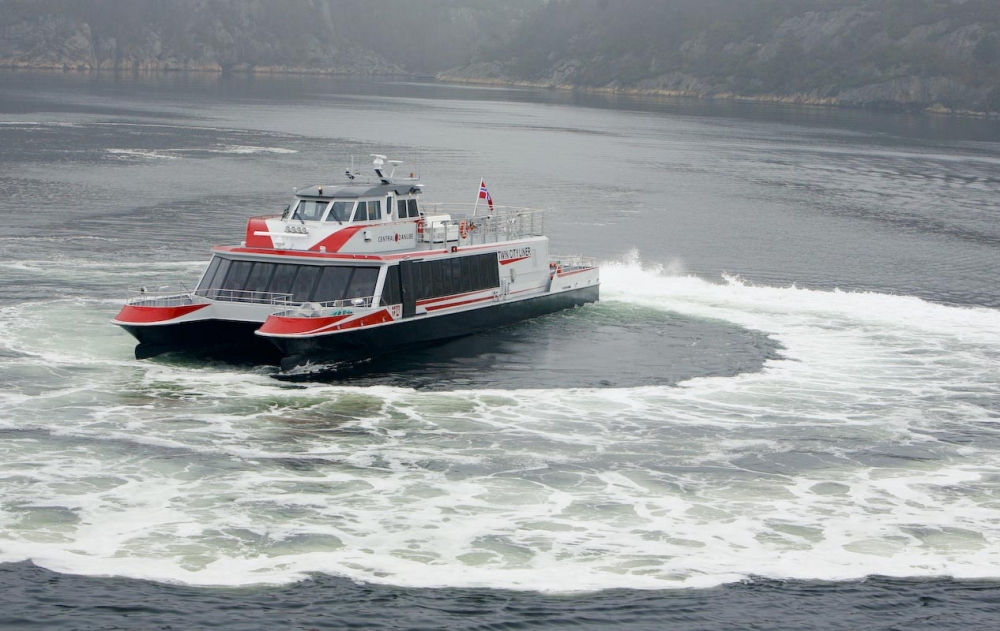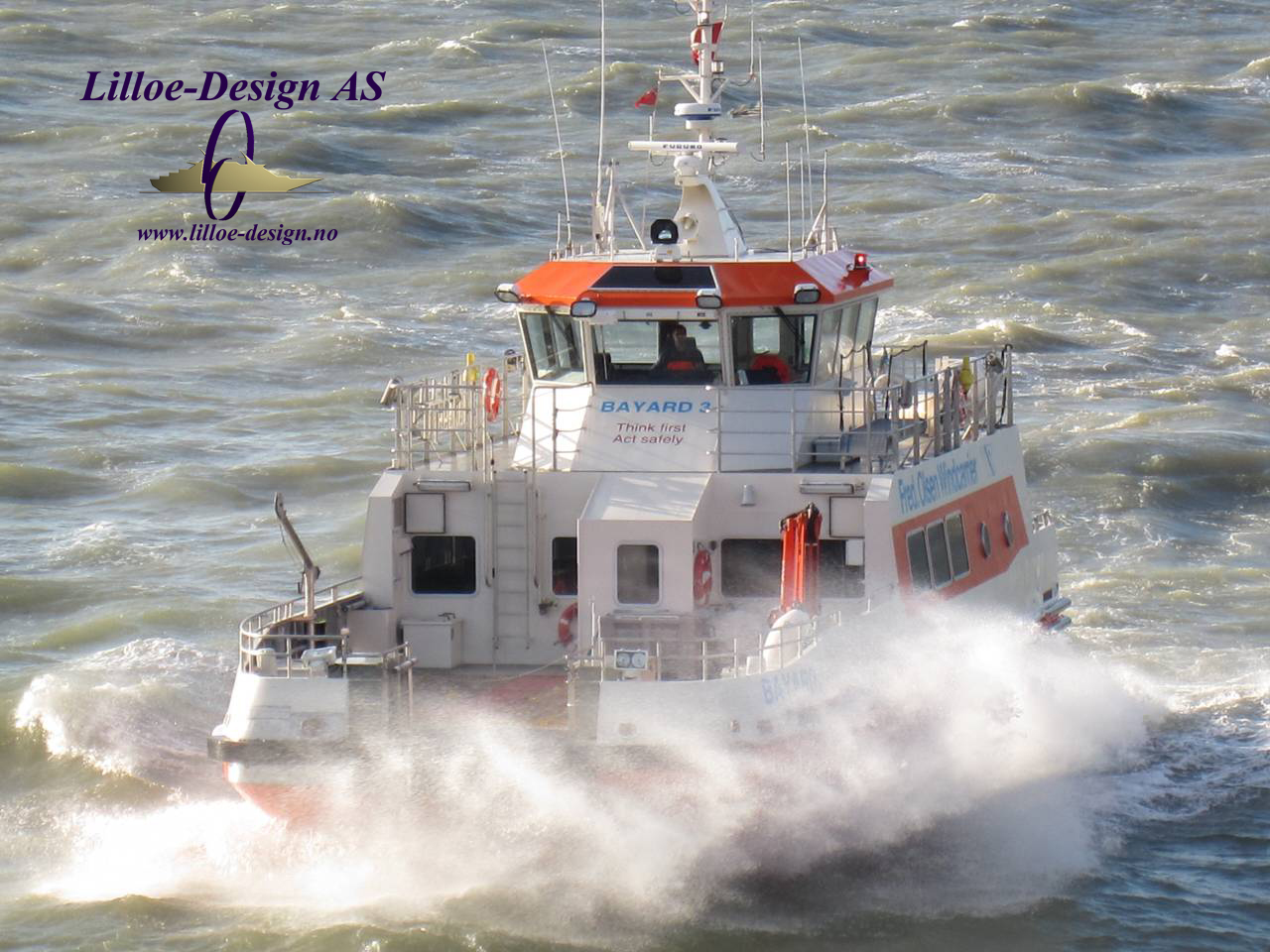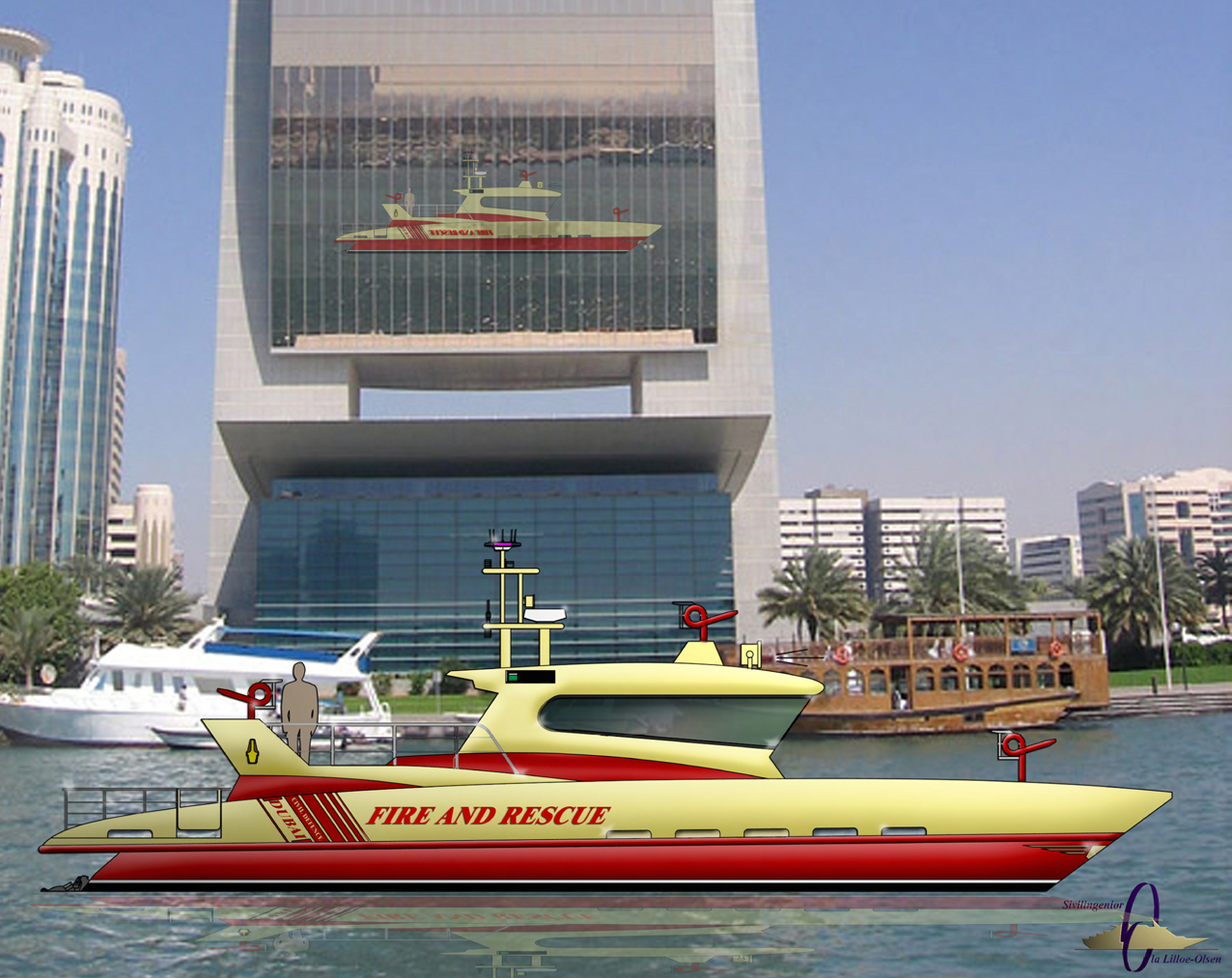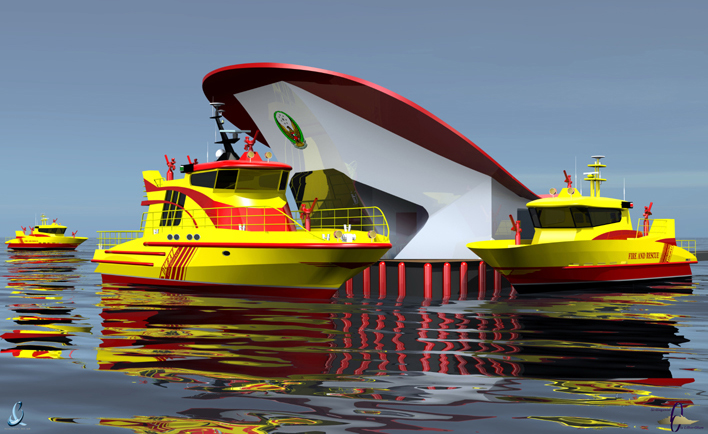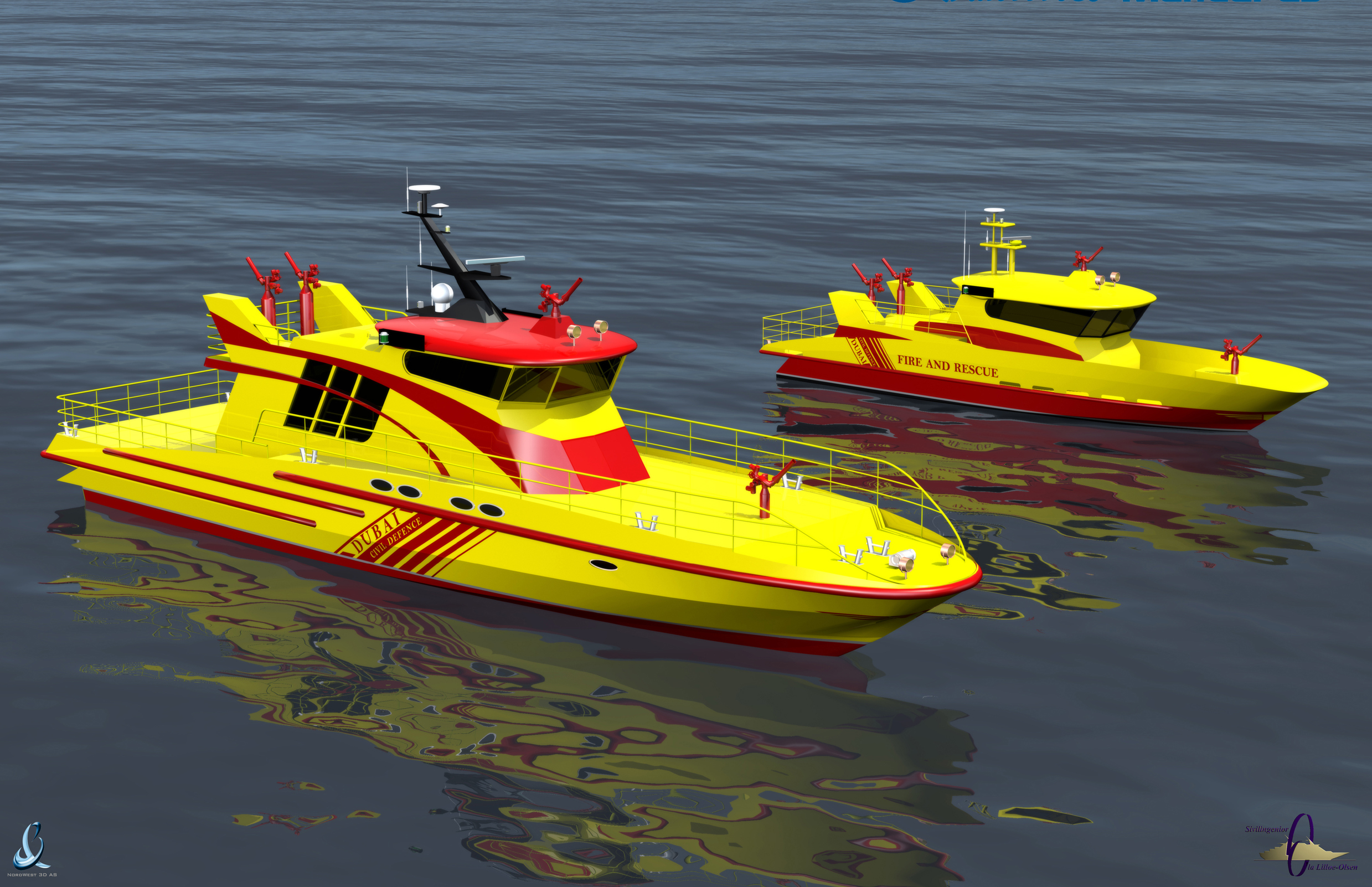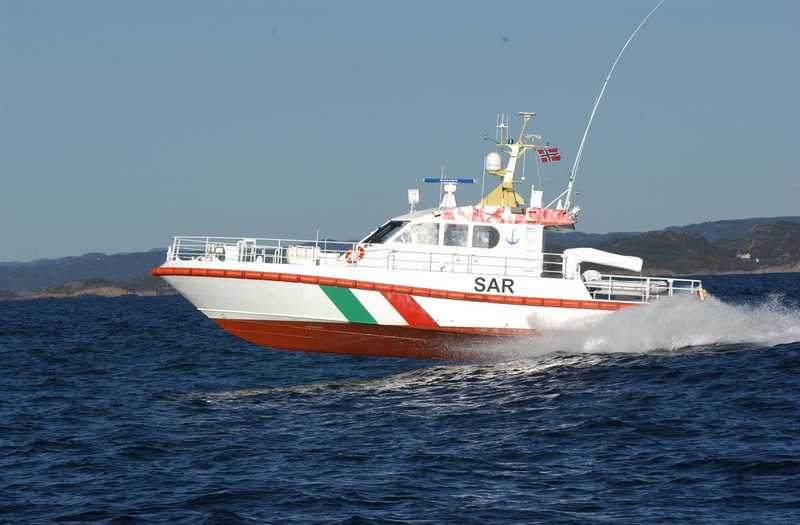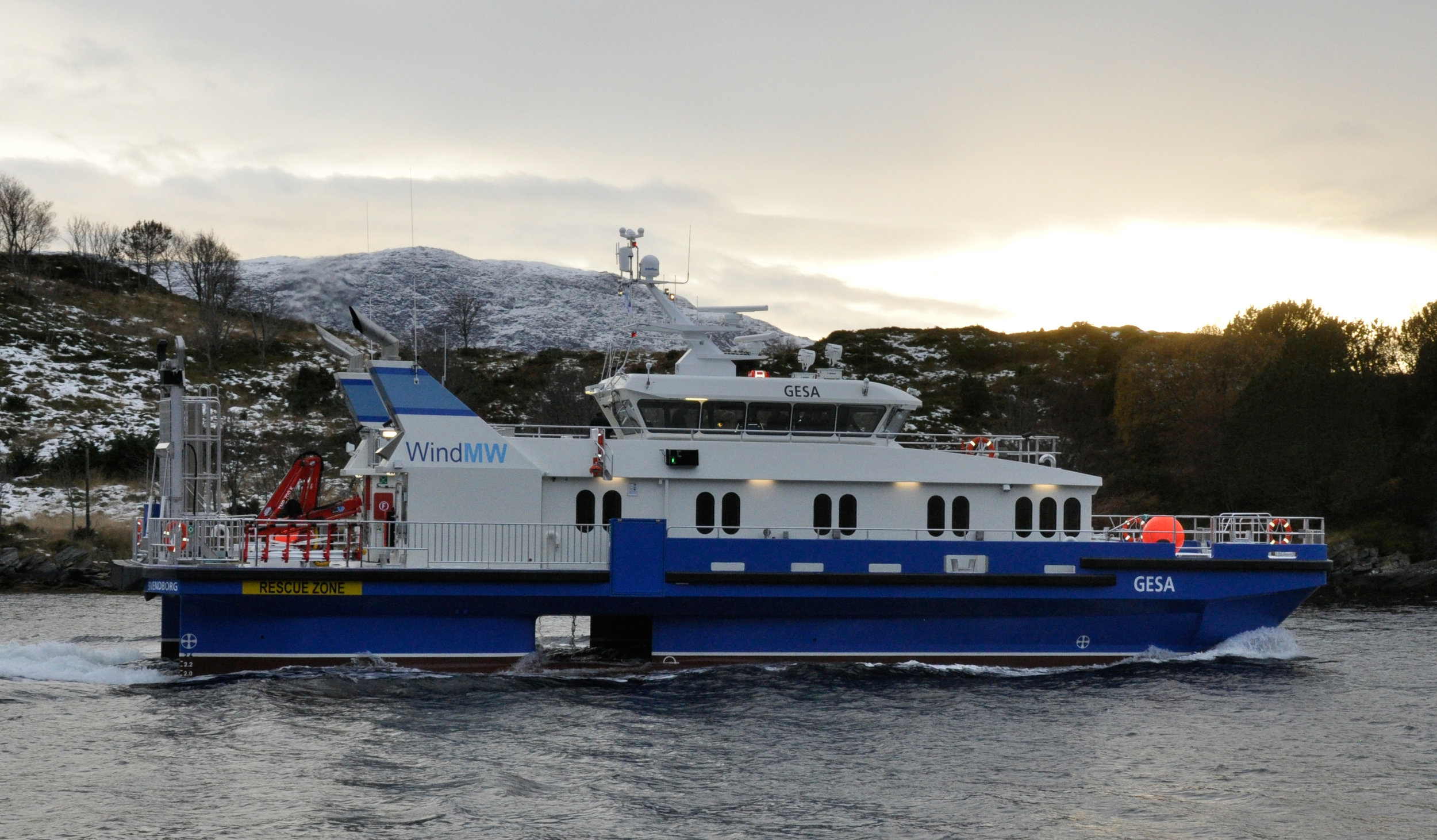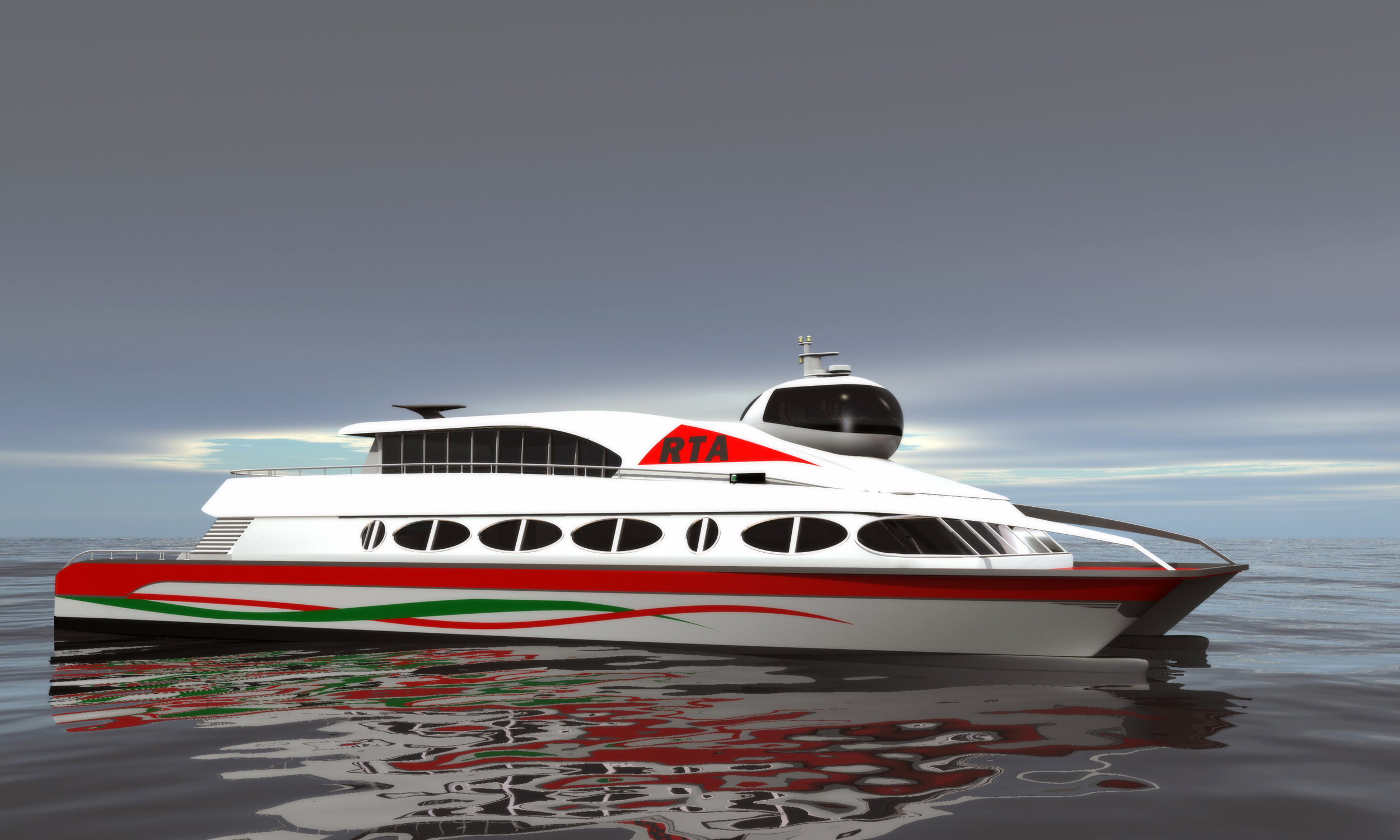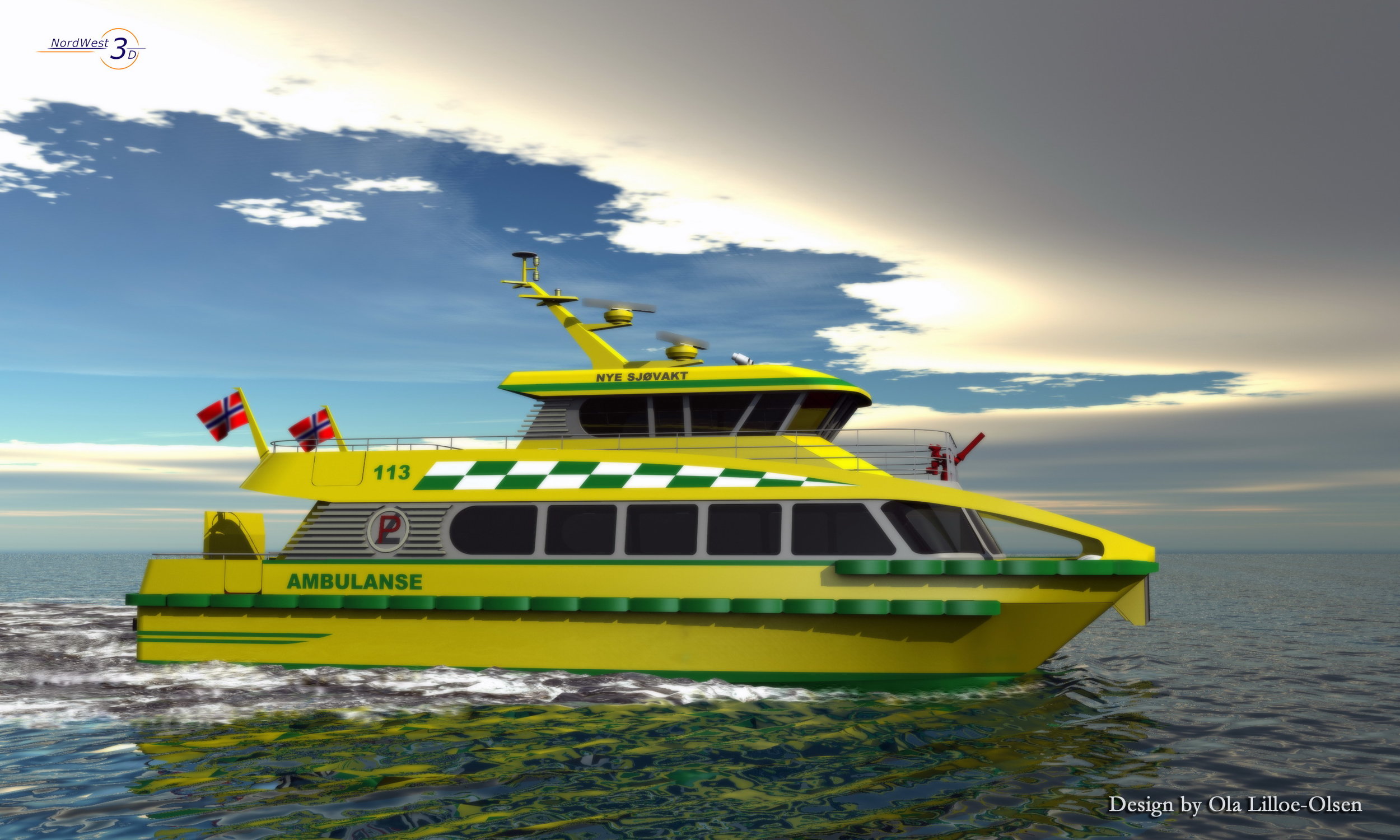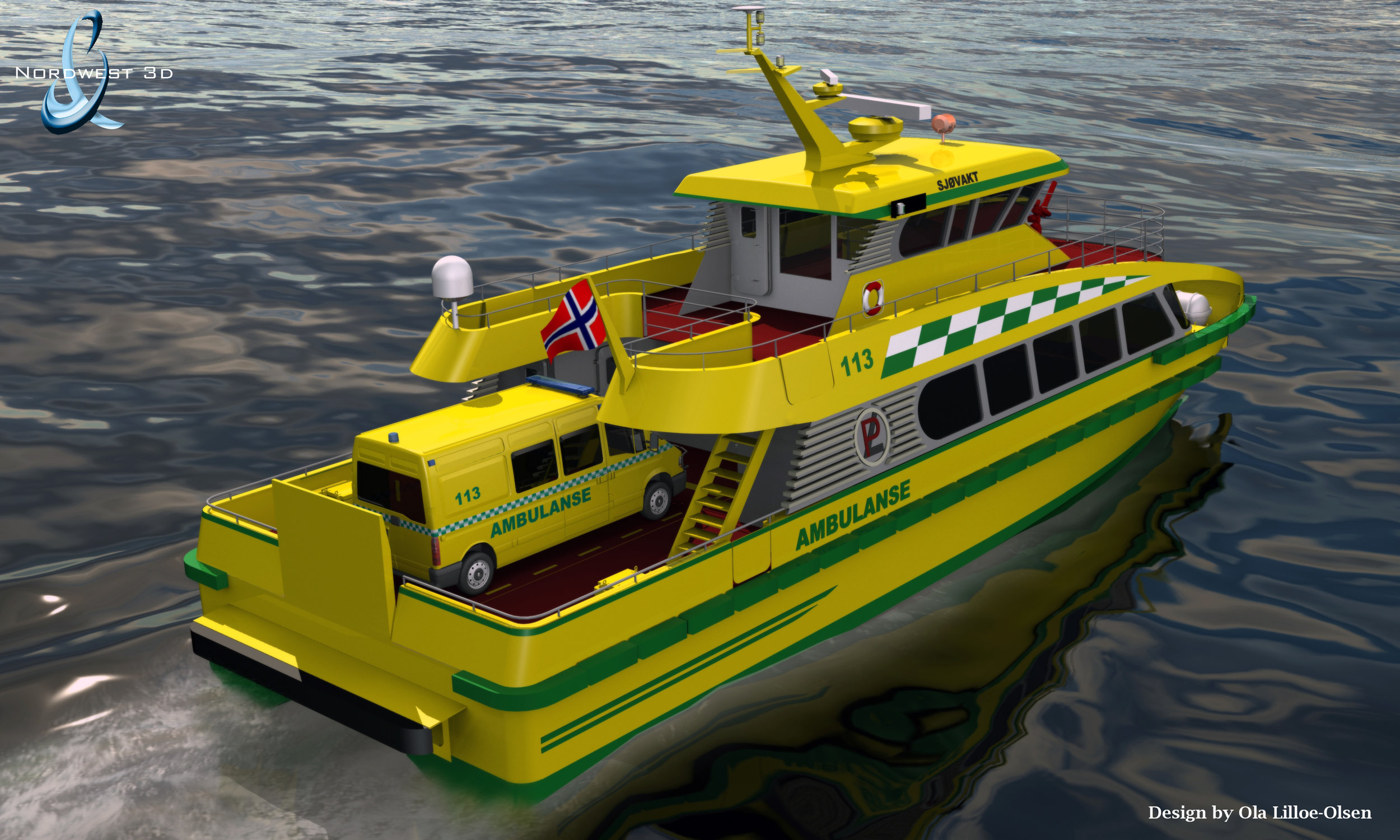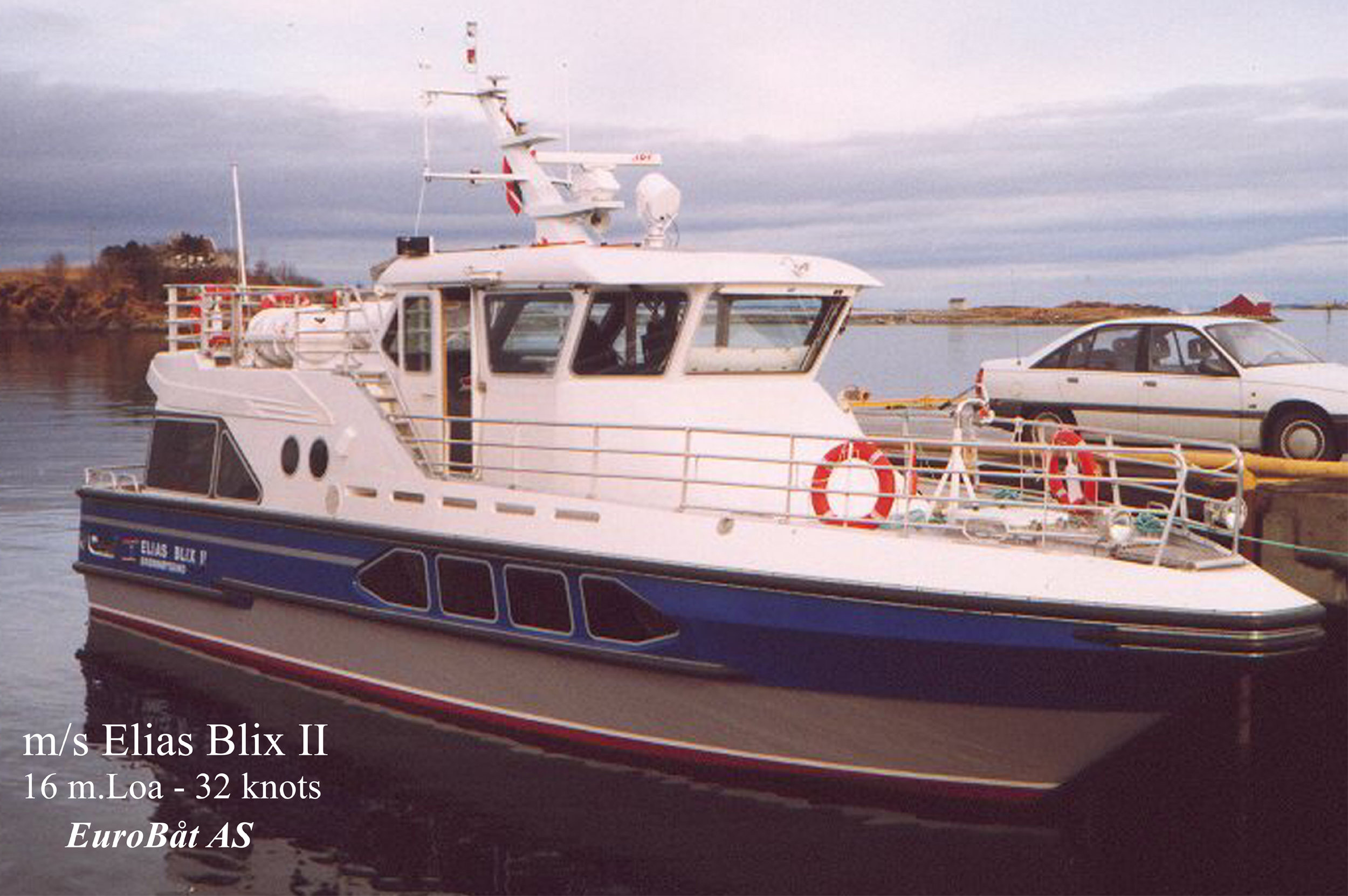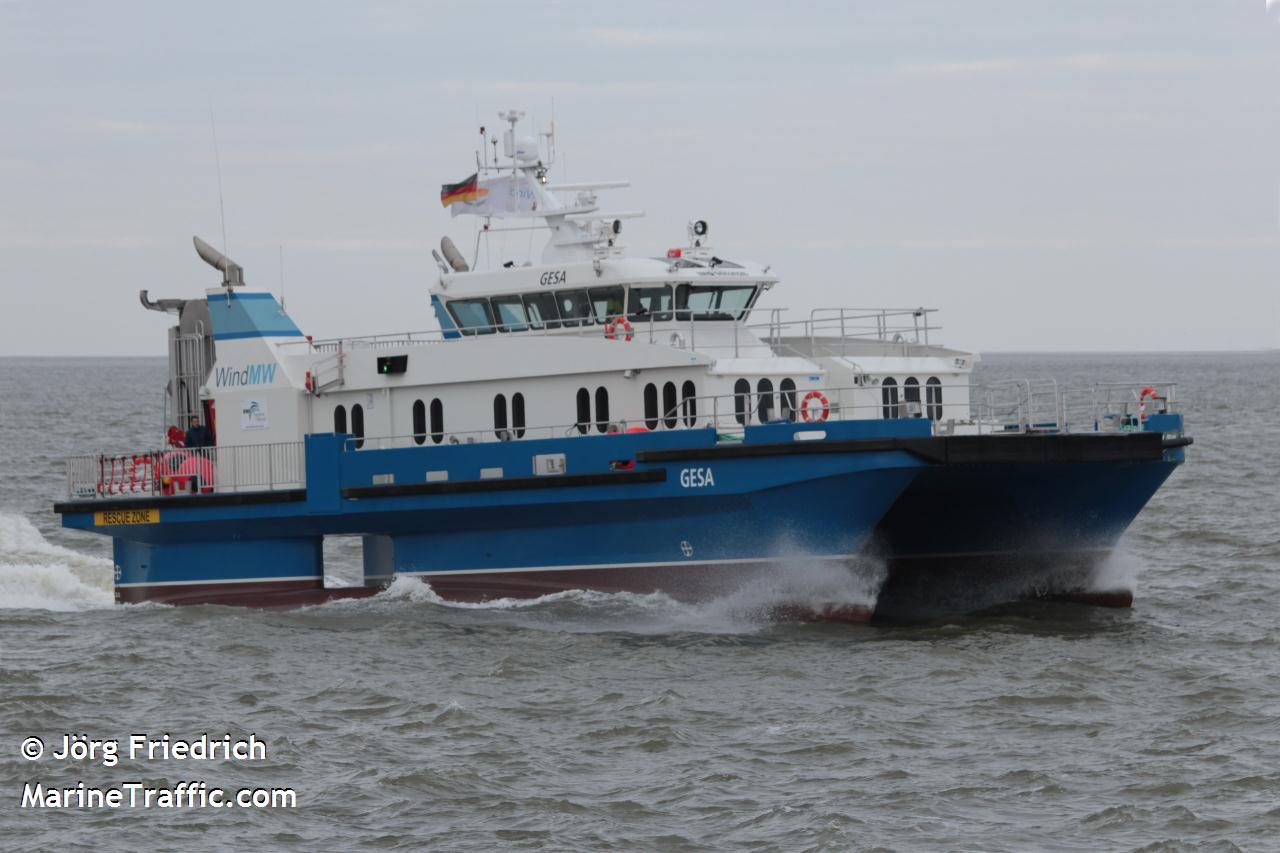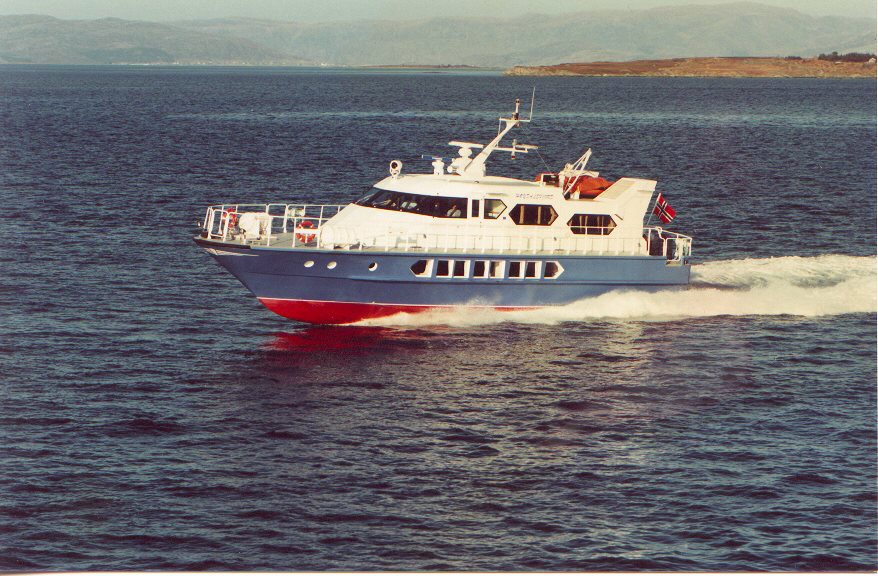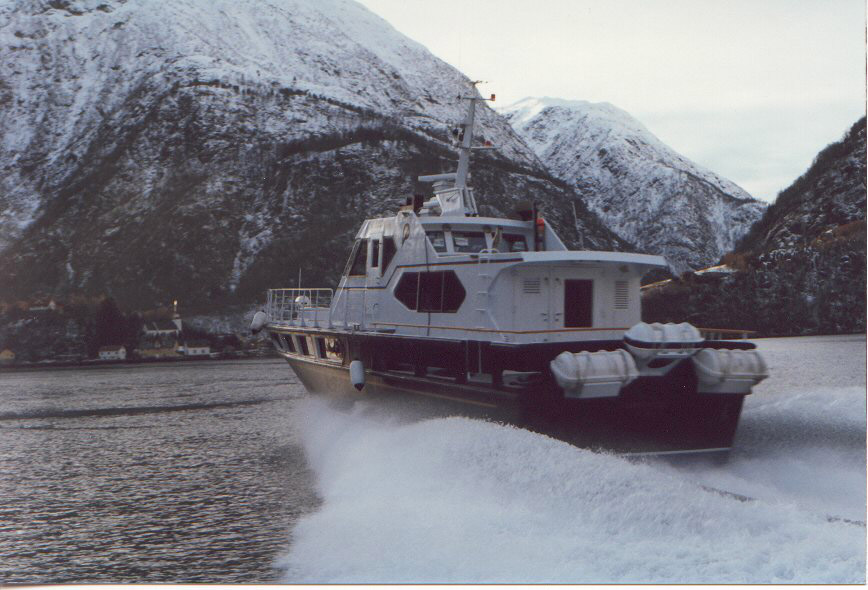


Lilloe-Design
Sivilingeniør Ola Lilloe-Olsen
Lilloe-Design
Sivilingeniør Ola Lilloe-Olsen
Creative and Dynamic Ship Design by Naval Architect Ola Lilloe-Olsen
Designs that since 1985 has earned a reputation for superior seakeeping with proven performance in Norway and World-Wide.
"Proven Ocean Space Design"
Mr. Lilloe-Olsen, a graduate from the University of Glasgow in 1977, has spent his career working in Research, Development and Design of maritime constructions with special emphasis on High Speed Commercial Vessels.
Lilloe-Olsen moved to the little village of Hyen in Nordfjord in 1979, and established the first private commercial hydrodynamic test centre in Norway; Teknisk Modell-Senter A.s. The towing tank was 47 metres long, 3 m wide and 2 m deep, and a variety of model tests were carried out during the period from 1979 to 1991. In 1985 Lilloe-Olsen designed 5 of 8 new vessels totally delivered by Brødrene Aa that year, and it represented the start of a long carrier with more than 130 vessels built to date for owners from many countries around the world. The latest Development work has been on emission-free High Speed Catamarans. The result is a unique hull-design capable of carrying heavy battery or hydrogen installations at high speeds. This was presented to the public at a conference in Trondheim on Sep.3, 2019. The work now is continued in the project “Fremtidens Hurtigbåt” and our group has just been awared a contract for phase 2 where testing and final development of the unique concept will be completed. Our group is now working to present the best concept for emmision free high speed all electric passenger catamarans with a new level of comfort, seakeeping and reduced resistance.

Projects
Creative and Dynamic Ship Design
Projects
Creative and Dynamic Ship Design
A few pictures of delivered vessels and some still in the design phase
Our brand new foil-assisted catamaran for 180 passengers,40 knots cruise-speed and full Electric and emission free
Check our new company “Enviroinventions AS” : www.enviroinventions.no
The new Palmer Johnson 63 ft. Super Sport Yacht where we have designed the hull lines in co-operation with the PJ Design team and performed testing at Stadt Towing Tank AS
Randsfjordferja ELROND is now ready to enter the route and give the old ferry releaf after 72 years of operation
“ENVIROCAT” EC_34
The all new Foil Assisted Catamaran for Electric Propulsion
“ENVIROCAT” EC_34
The all new Foil Assisted Catamaran for Electric Propulsion
The “EnviroCAT” range of High Speed Foil-Assisted Catamarans have been developed over years based on more than 45 years experience in design and development of high speed vessels.
Recently a new design contract was awarded as a competition by “Fremtidens Hurtigbåt”, a co-operation between four Counties in Norway. This work will focus on Verification of Design for a new generation of zero-emmision all electric long range vessels. Enviroinventions AS has formed a very strong team including top-notch companies in the industry.
Any new technology that enables zero-emission is adding significant weight to a vessel. Batteries are heavy, and despite the fact that most people think hydrogen is a light solution with high energy, the total added weight is just as high as on our preferred solution using batteries and battery-exchange due to all safety add-ons with hydrogen.
The base for our development-work has been “Less is More”!
The foil assisted catamaran has been developed for minimum use of complex control-systems. Using fixed foils without moving rudders reduces the complexity significantly compared to a full foil-borne vessel where active control is mandatory using fully submerged foils. A static adjustment is developed to care for variations in loading and LCG.
By using the latest in propulsion technology form our partners Volvo Penta and Kumera Helseth, backed by integration services from Brunvoll and completely new batteries with high energy densisty and very reduced risk of fire, the future is electric!
a revolutionary range
EnviroCAT from 10 to 100 metres for a multiple applications
a revolutionary range
EnviroCAT from 10 to 100 metres for a multiple applications
EC_16.5
EC_16.5 All electric high speed foil-assist catamaran for 48 passengers, zero emmision and unmatced performance, low operating costs and safety.
